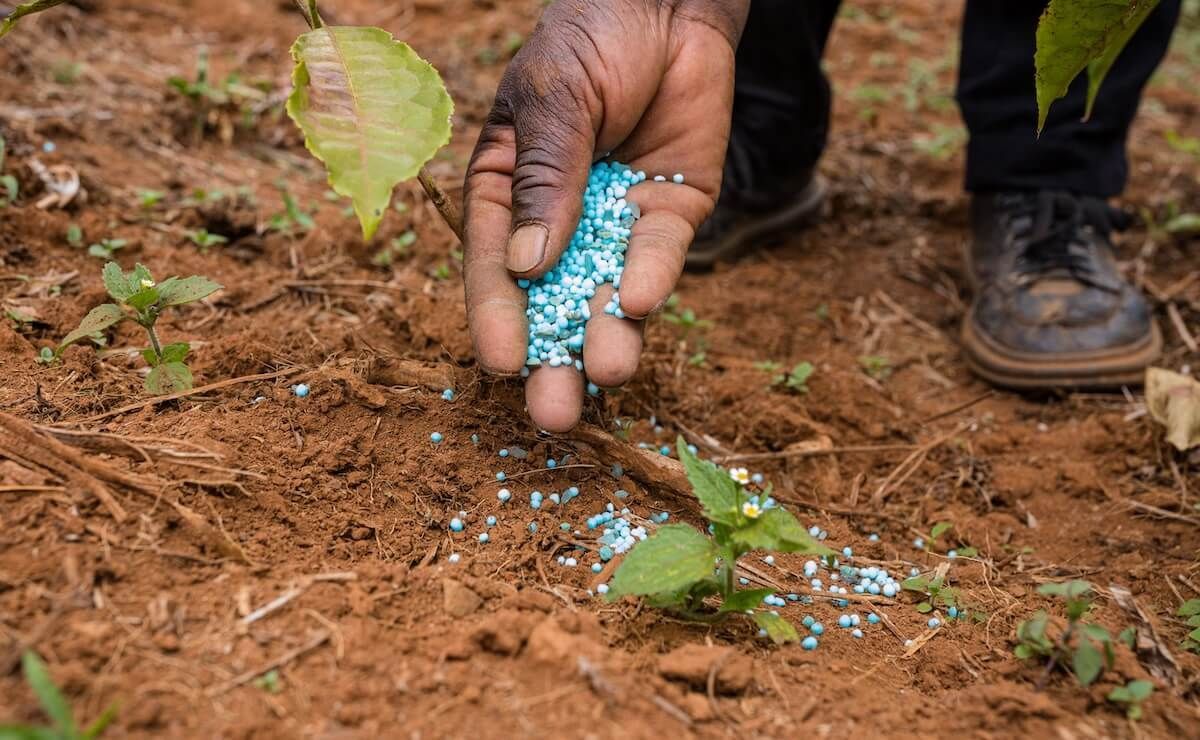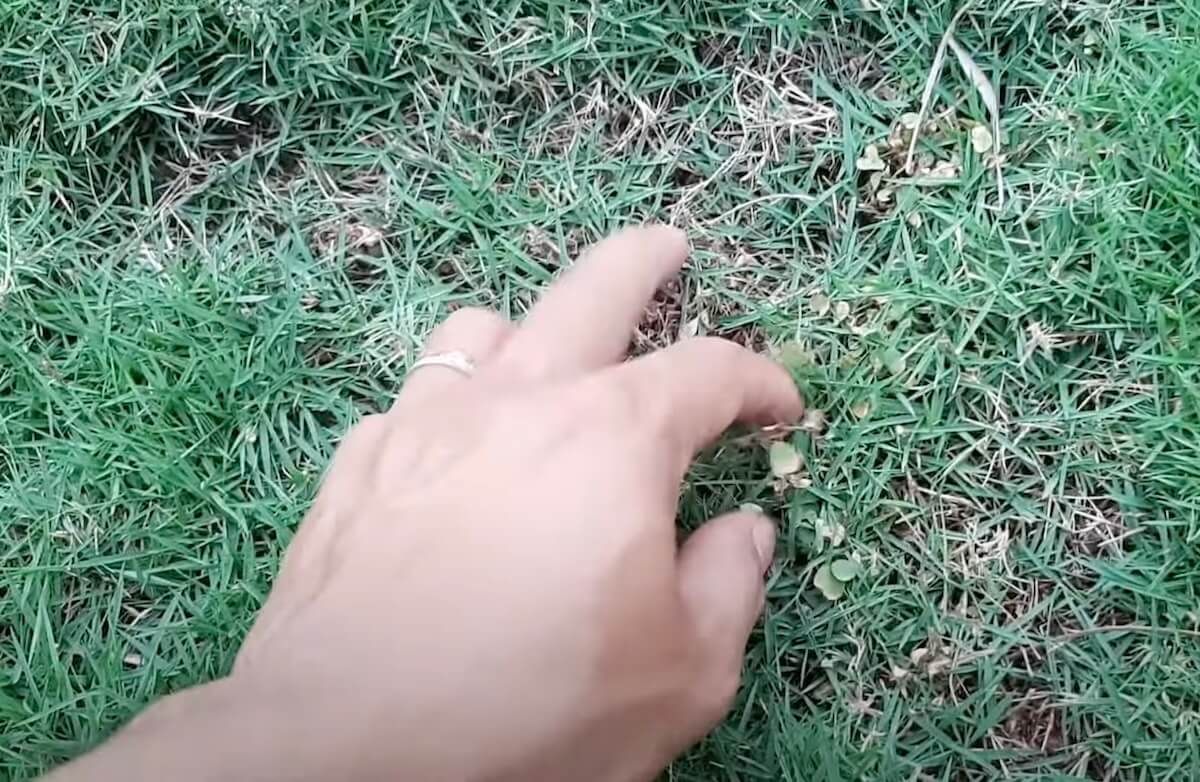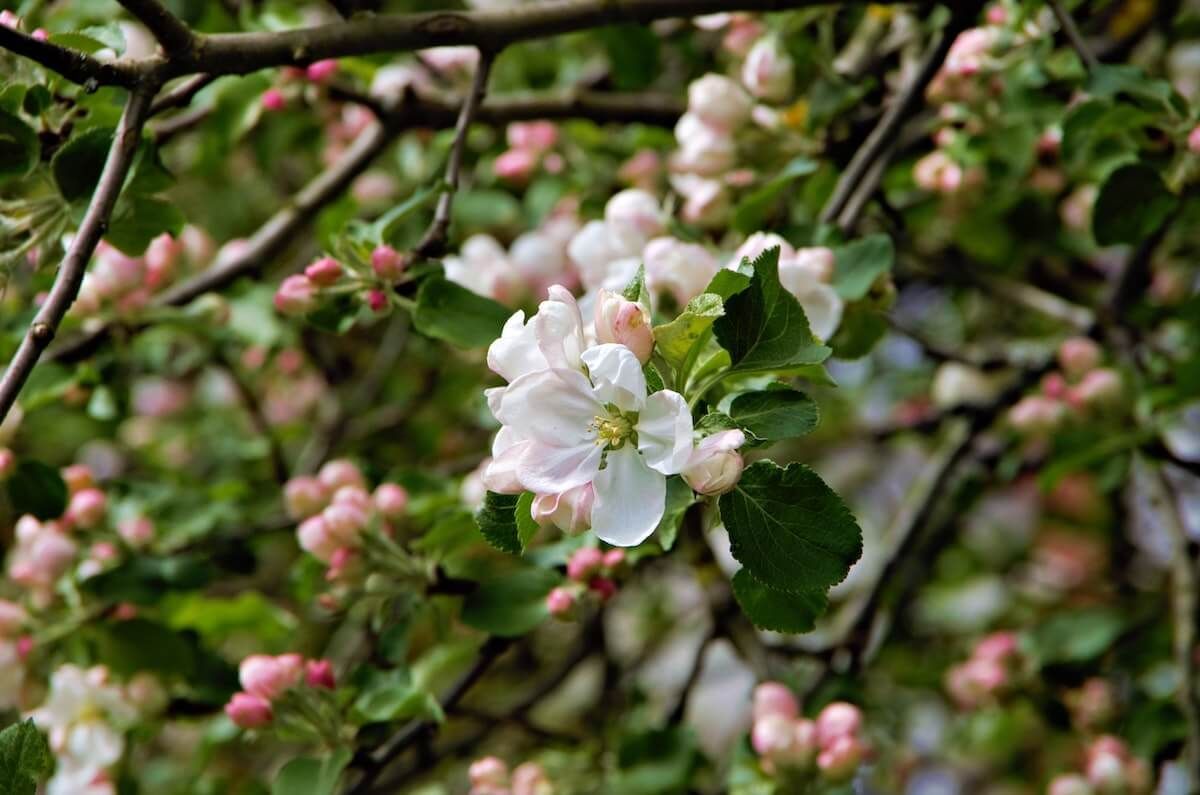What is the Plant Nutrients

Novice gardeners and home landscapers who only want to plant flowers, plants, and trees to add to the beauty of their yard may not fully appreciate the importance of understanding plant nutrients and their role in creating healthy landscape plans.
There are three different types of plant nutrients found in the soil that are important to a plant’s health. Of course, there are the basic non-mineral plant nutrients; hydrogen, oxygen, and carbon.
These are the most basic elements in the photosynthesis process where plants use energy from the sun to turn carbon dioxide, or carbon and oxygen, and water given to the plant, hydrogen and oxygen, into starches and sugars that become the plant’s food.
Plant Nutrients
Gardeners really have little control over how much carbon dioxide a plant gets since it comes from the sun and the air.
Sometimes excess rainfall makes it hard to control the amount of water a garden plant receives, although in southwest landscaping and southern landscapes, it is fairly easy to control the hydrogen and oxygen intake of home landscaping.
Along with the basic non-mineral nutrients, there are thirteen mineral plant nutrients found in the soil that are easily dissolved in water and are absorbed in the plant’s roots.
These thirteen mineral nutrients are broken up into two smaller sub-categories called macronutrients and micronutrients.
While a well-pH-balanced soil is more likely to hold all of these plant nutrients, it is common that many soils don’t have all of these necessary plant nutrients.
For that reason, many gardeners will seek out fertilizers, compost, and mulch to help add those plant nutrients to the soil.
When searching for ways to add plant nutrients to the soil, it is important to understand the role these nutrients play and whether they are necessary for your soil.
The macronutrients are also broken into two categories: primary and secondary macronutrients. The primary macronutrients are nitrogen, potassium, and phosphorus, and are used in large quantities by plants to survive.
If your soil is not holding plants very well, it is extremely likely that they are lacking in one of these plant nutrients.
To replenish nitrogen, try a fertilizer or grass and leaf clippings, which naturally hold nitrogen. Potassium and phosphorus can also be replenished through fertilizers but also through natural lawn care with organic compost.
The secondary macronutrients include calcium, magnesium, and sulfur. Although these plant nutrients are important, they are not often found to be lacking in the soil.
More often than not, almost any type of soil holds enough of these plant nutrients that they are not to be a concern to gardeners.
If any of these nutrients are lacking, though, they can usually be replenished by natural sources, such as organic compost, mulch, or adding lime to the soil for calcium.
As far as micronutrients go, these are only needed in very small quantities, hence the name. For the most part, gardeners do not have to worry about adding these plant nutrients to the soil unless they are trying to grow a specific tree or garden flower that would benefit greatly from the addition of these nutrients.
Micronutrients include zinc, boron, cooper, iron, chloride, manganese, and molybdenum. All of these plant nutrients can be replenished in the soil through natural landscaping.
Simply by adding organic materials such as leaf clippings, grass clippings, or kitchen scraps that have been broken down into compost, these micronutrients as well as most macronutrients will be replenished in the soil.
















